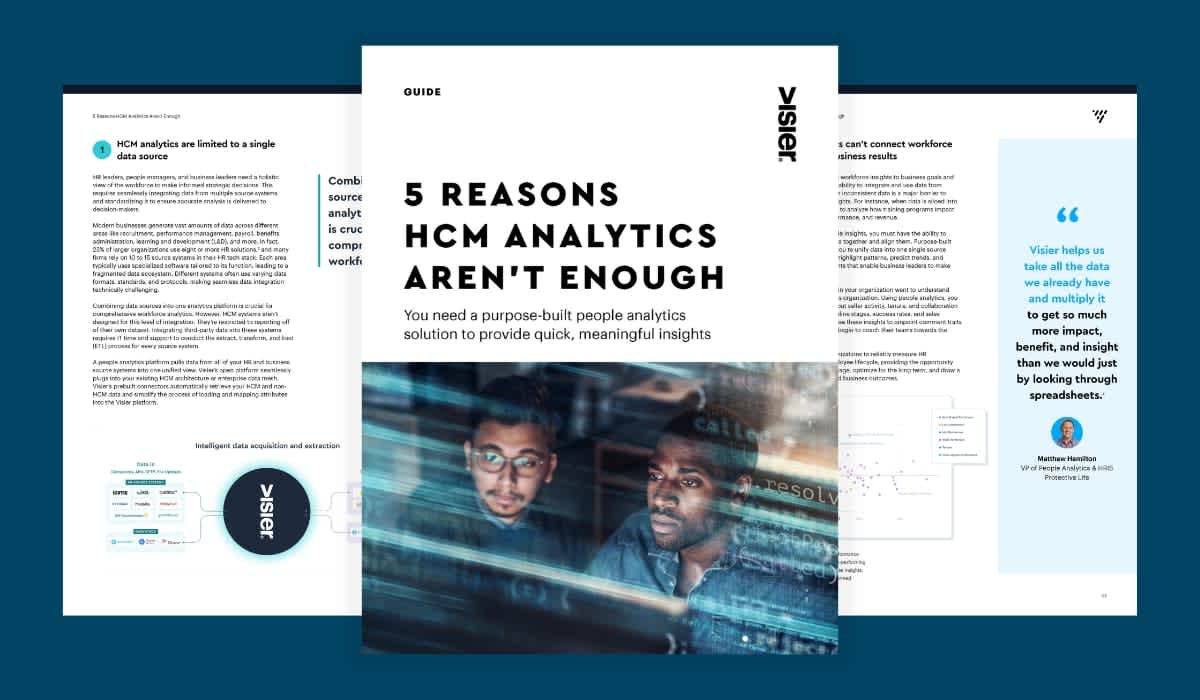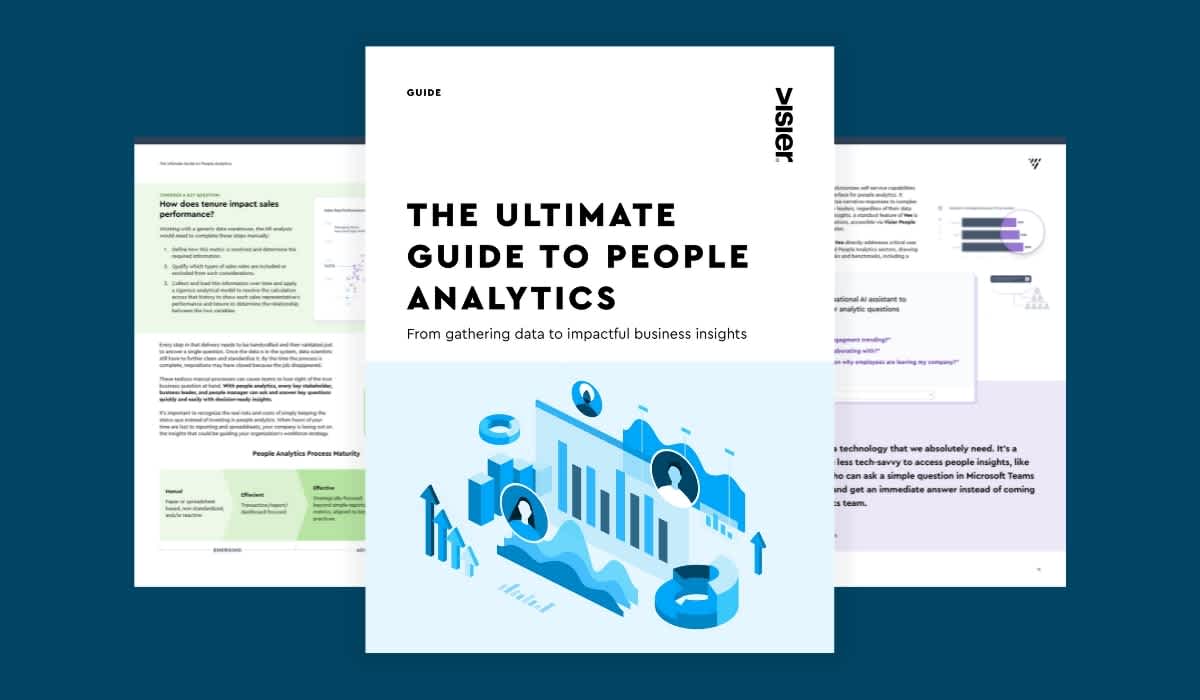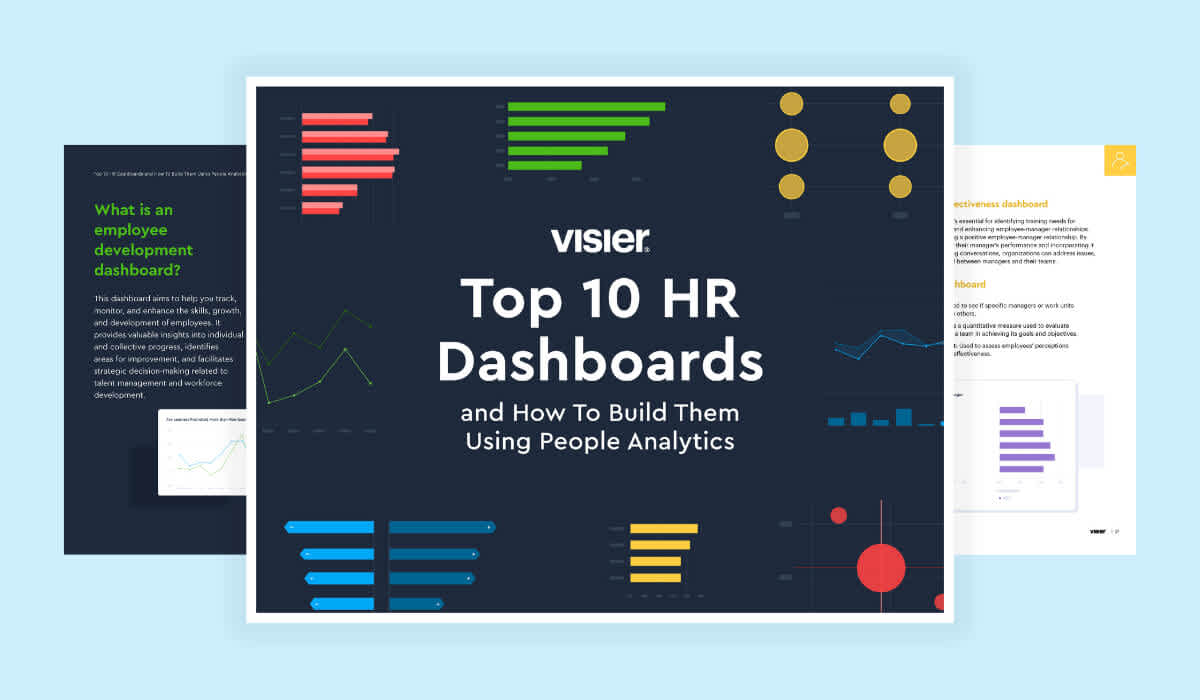4 Common Mistakes To Avoid When Implementing an HCM System
Discover four common HCM implementation pitfalls—from unrealistic timing expectations to data security issues—and learn how to avoid them.

HCM implementations are carefully crafted plans to introduce a new human resource management (HCM) solution in your company. HCM systems can enhance productivity, improve the recruiting process, and increase the efficiency of the entire organization. Implementing them, however, often proves more challenging than expected.
A Josh Bersin study revealed only 15% of companies feel their HCM implementation achieved its intended goals, while 81% of companies didn’t stick to their original implementation plan and timeline.
Why do so many HCM projects fail? The reasons can vary from inadequate planning, a lack of clear objectives, and data quality issues to resistance to change from both stakeholders and employees, as well as integration challenges.

Many companies start the HCM implementation journey poorly prepared, thinking it will be an easy task, only to realize that various mistakes hold them back along the way. Here are four common mistakes to avoid when implementing your HCM system.
1. Failure to align with business objectives
HCM systems intersect with multiple processes in your organization. Trying to implement them in a vacuum without considering broader business objectives is a critical but common mistake. Looking at your HCM, it’s easy to think the primary focus should be on the technical aspects without considering how it should fit with your overall business strategy.
To avoid making this mistake, develop a clear vision and objectives from the start. See where your HCM system should fit and how it can help the company reach its goals faster. Involve key stakeholders right from the start. Engage people from different departments and of various experience levels to ensure your system meets the needs of everyone in the company.
People are the drivers of innovation, productivity, and business outcomes. The ability to connect the workforce with business objectives is essential. While HCM systems house workforce data and information, they lack the ability to deliver insights. By using people analytics alongside your HCM system, you can transform HR data into actionable insights to understand how your workforce influences business outcomes, and how the business impacts your employees.
2. Unrealistic expectations
HCM systems come with a significant learning curve. If your company hasn’t used an HCM system or you’re switching to something completely different from the previous system, the adjustment period might be longer than you’d expect.
Unfortunately, many companies begin this journey thinking they'll see an immediate transformation. This unrealistic expectation can lead to disappointment and even a loss of commitment that extends the timeline of the HCM implementation. For example, only about 11% of companies say they saw the improvements in employee experience they were expecting and only 19% stick to their proposed timeline until the end.
To avoid this common pitfall, you’ll need to set the correct expectations from the start and leave some room for errors. For instance, the average duration of implementing an HCM system is around 18 months.
However, various factors can come into play and influence that number. A simple system that’s focused on one function, like performance management, can take about 3-6 months. More complex systems that encompass all of a large organization's HR processes can take up to 2 years. Don’t forget to factor in 1-3 months to train your employees before your HCM system is ready to use.
3. Inadequate data security
In the rush to implement a new HCM system, many companies forget about an essential aspect: data security. Without it, sensitive business and employee data is vulnerable to cyber-attacks.
When working with people data, privacy and security are critical. An attack means loss of data, reputation, and revenue. Additionally, you must comply with data privacy regulations like the EU’s GDPR or California’s CPRA, which include significant fines if you suffer a data breach because you didn’t take sufficient security measures.
Work closely with your HCM software provider and ensure their platform includes a robust security model. Visier’s solutions are built with people data security in mind and include capabilities like setting up access levels and content-based user authorization to keep sensitive data out of the wrong hands.
4. Overlooking important technology factors
Beyond business goals and data security, there are a few other factors many companies tend to overlook during an HCM implementation.
Integration capabilities
Modern businesses generate vast amounts of data across different areas like recruitment, performance management, payroll, benefits administration, learning and development (L&D), and more.
Many expect the new HCM system to integrate seamlessly into their existing systems. However, HCM systems aren’t designed to integrate multiple data sources into one system. Neglecting to assess the HCM’s vendor's ability to integrate with the systems you use for payroll, employee management, or ERP can lead to data silos and inefficiencies.
Before making your choice, ask about their API offerings and other integration capabilities to help save time and improve implementation efficiency.
Clinging to outdated systems
Not everyone is willing to let go of old systems during an HCM implementation. Some companies try to hold on to their older systems in the hopes the two will work well together. More often than not, they don’t, leading instead to breakdowns in communication and technical issues.
For your HCM implementation to be successful, you need to let go of outdated systems. To avoid data loss issues, create a transition plan, check that everything is backed up, and make sure the new system replaces and improves the old one’s capabilities.

Disregarding user experience
Implementing an HCM system assuming users will learn how to use it is the perfect recipe for failure. If employees find the new system challenging, it will result in resistance to using it and low adoption rates.
Ensure the system you choose is user-friendly and intuitive. Request a demonstration and ask some users for feedback before making any decisions. Depending on your company, you’ll also want to make sure the system you choose offers the same experience regardless of where a person is on the globe, or what language they speak.
HCM systems and people analytics are better together
While these common mistakes are traps anyone can fall into, careful planning will help you avoid them and successfully implement your new HCM system. Data-driven organizations use HCM systems for basic HR reporting paired with people analytics to answer more complex, strategic questions. A people analytics platform integrates data from any source and includes robust security, making data management easier and ensuring accurate insights.

More about HCM systems
Learn why HCM analytics and basic reports alone aren't enough, and how you can use people analytics to deliver deeper HR insights.
Businesses rely on analytics to make sound decisions, but the difference between reports and analytics can be confusing. Learn the differentiators between reports and analytics.
In this Outsmart panel, people analytics practitioners from the LEGO Group and Unilever discuss why Visier pairs well with Workday.
Predictive HR analytics let you make predictions and forecasts about future performance based on historical HR data. Learn more here.


